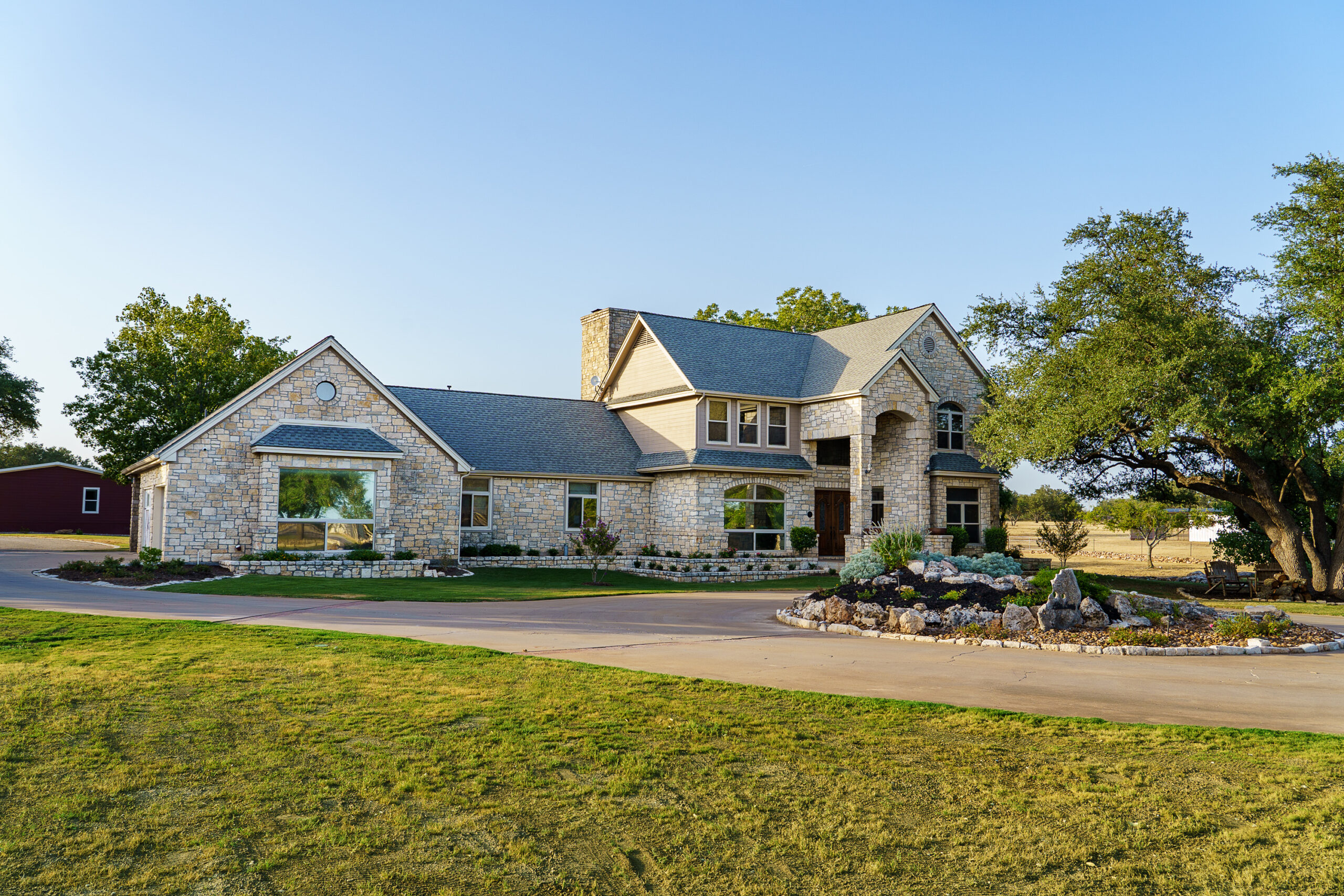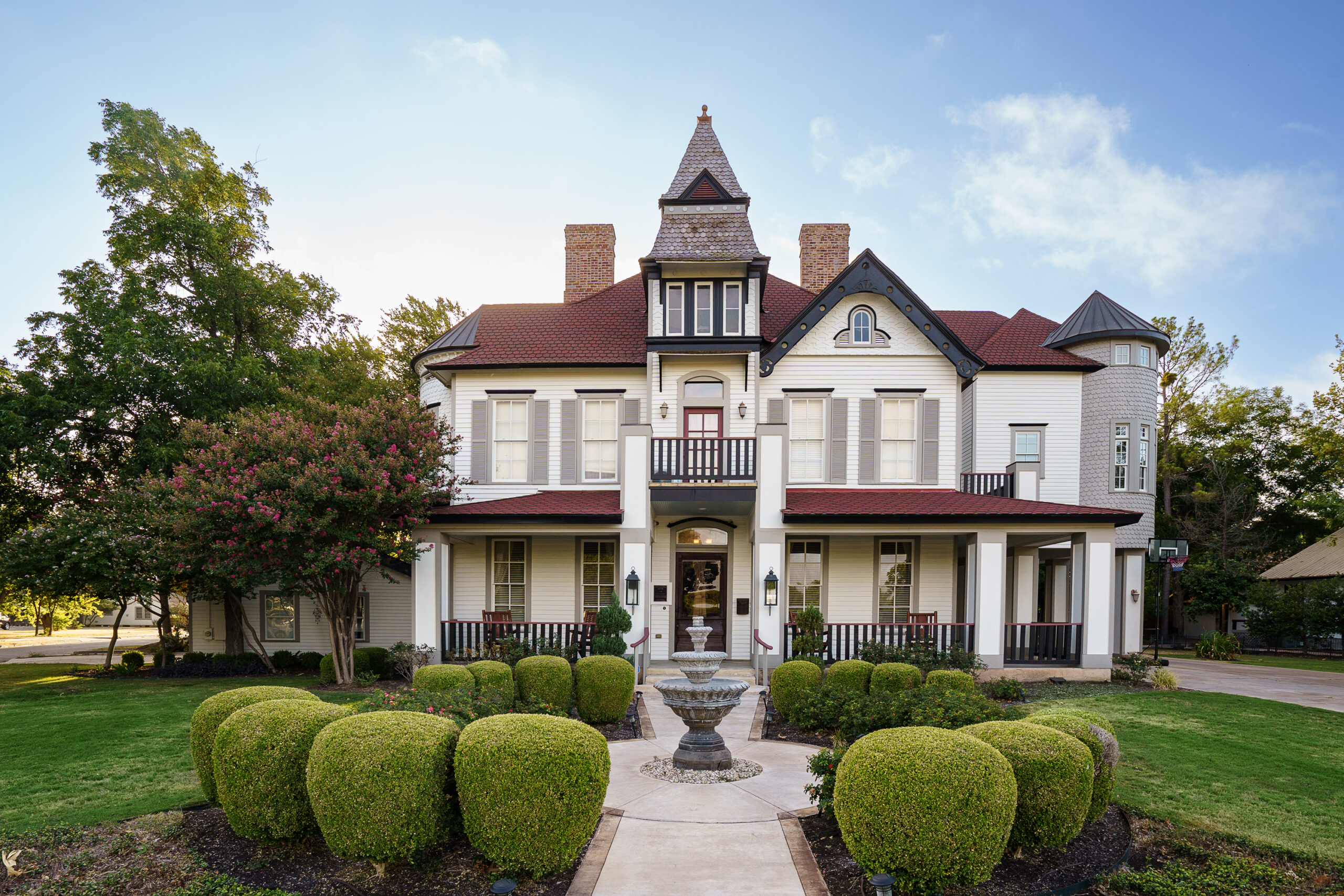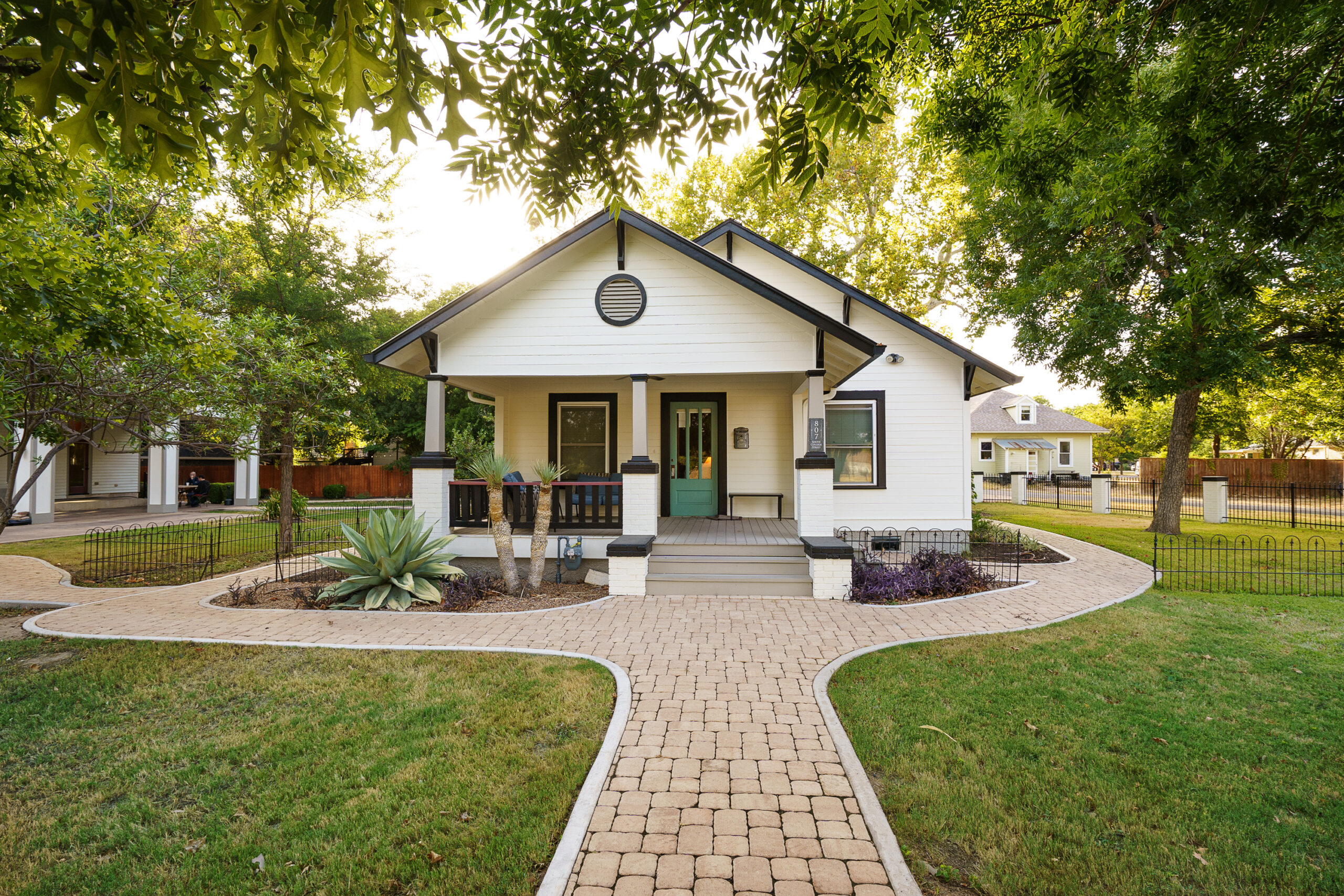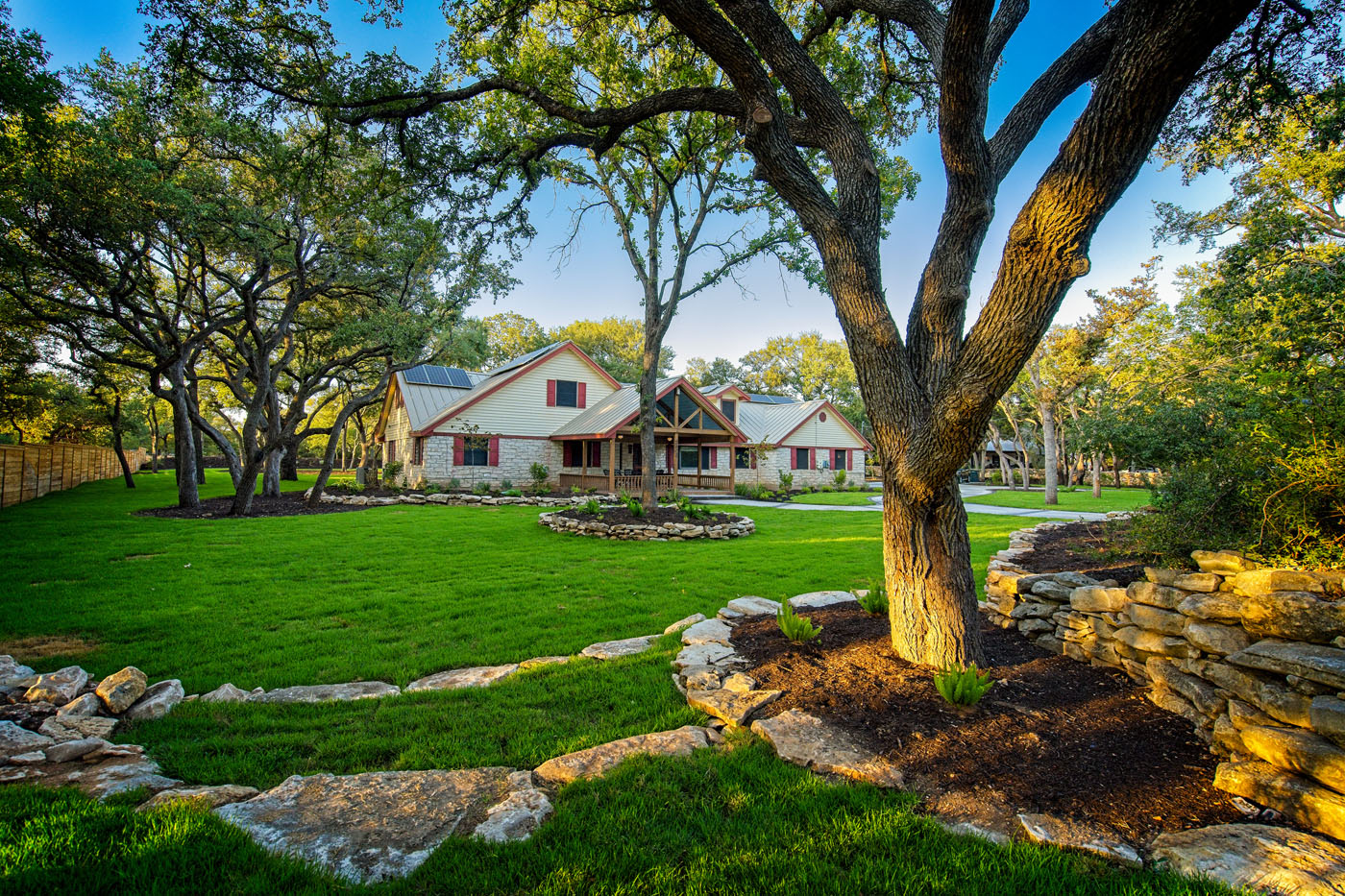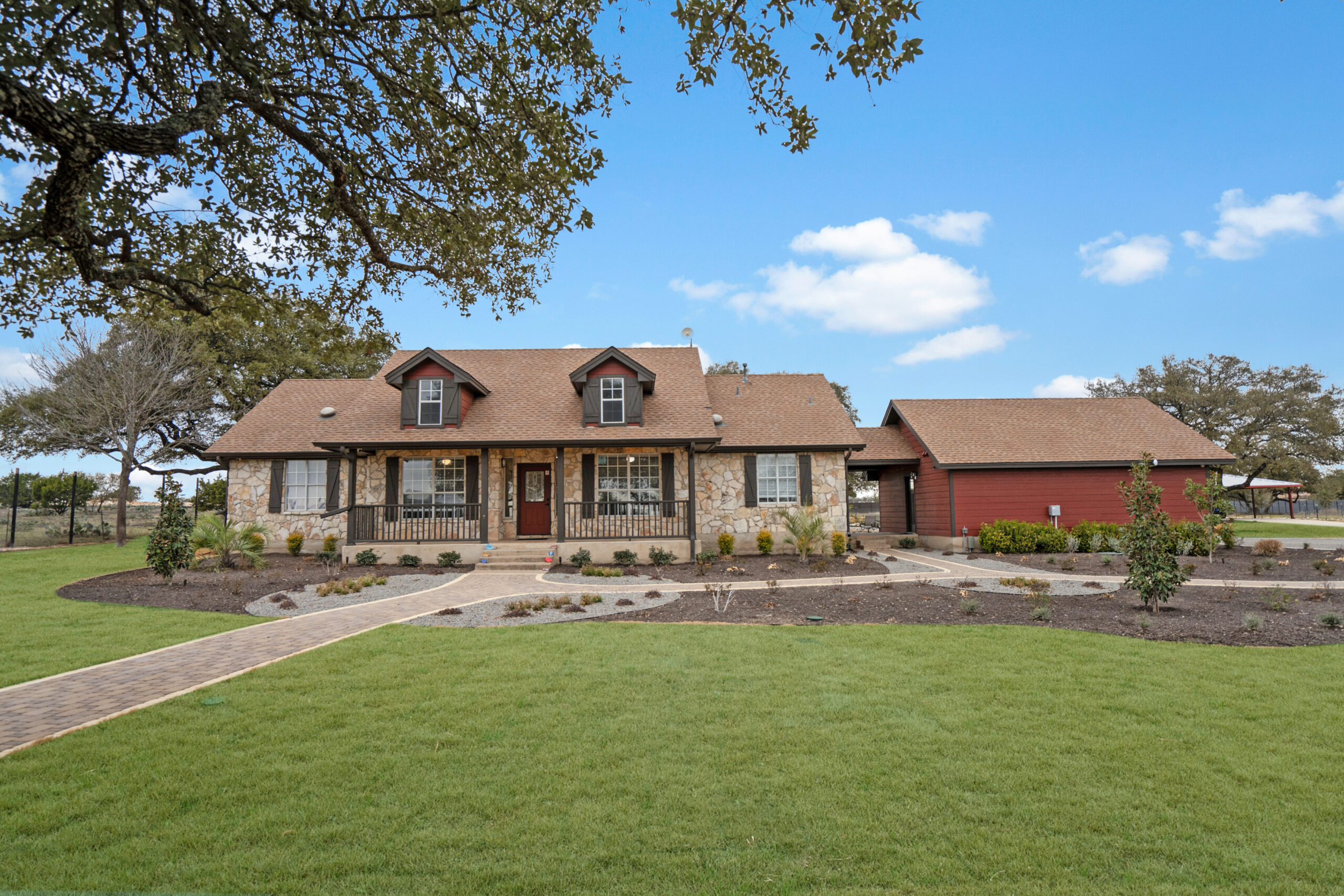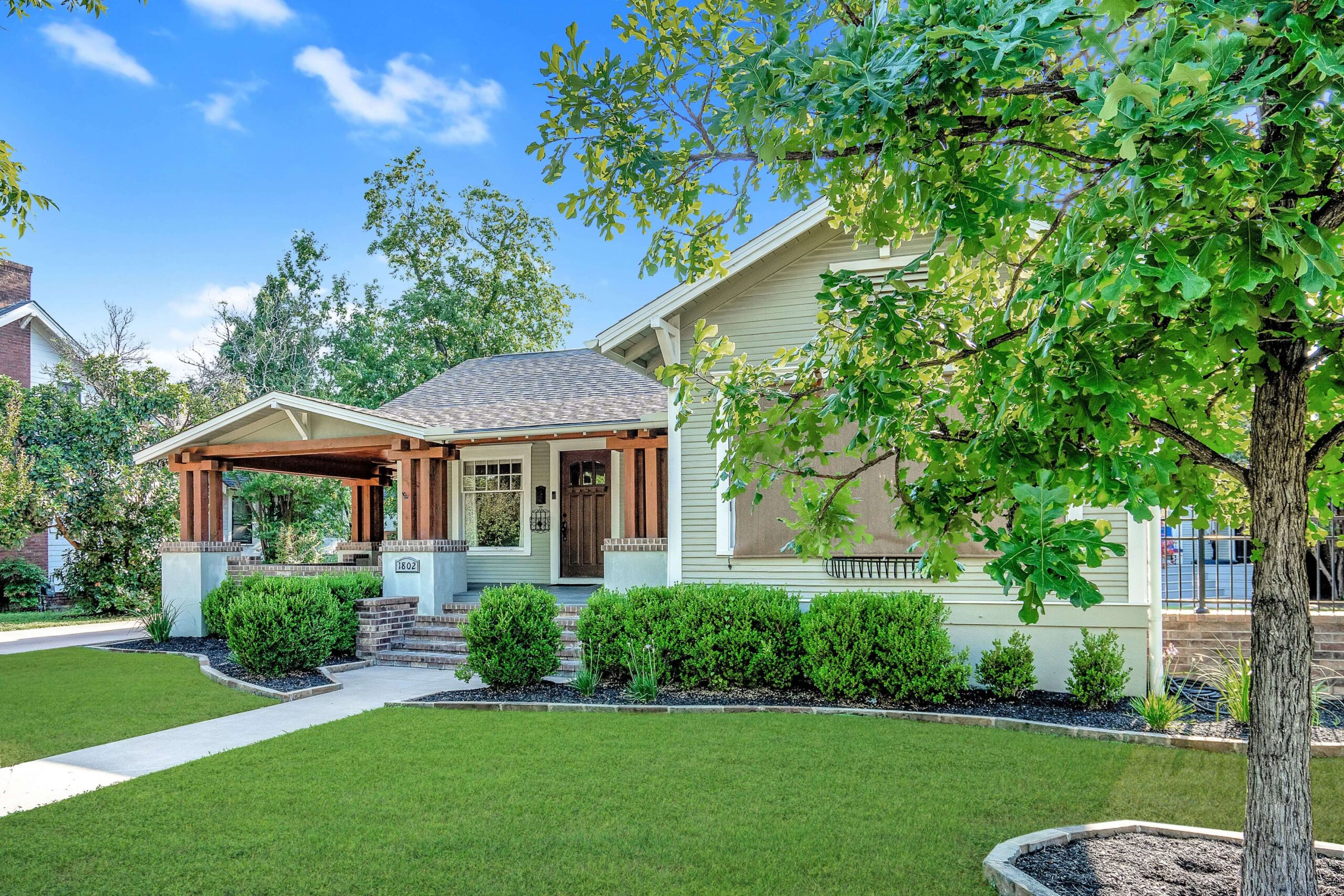What Makes Residential Treatment Effective for Women with Bipolar Disorder?
Residential treatment offers an immersive therapeutic environment where women can fully focus on their mental health without the distractions of daily life. This approach allows for a structured routine and a sanctuary of professional care designed to stabilize severe mood swings commonly associated with bipolar disorder. Imagine Sarah, a busy professional who found it difficult to manage her symptoms amidst her hectic work schedule and family obligations. By stepping into residential care, she was able to access personalized interventions, such as art therapy and mindfulness practices, tailored to her specific needs. This comprehensive support system, with 24/7 medical supervision, creates an optimal setting for significant recovery, fostering emotional resilience and skill-building. Are you curious about how a personalized approach could impact your situation?
What Are Some Misconceptions About Residential Treatment for Bipolar Disorder in Women?
One common misconception is that residential treatment is only for those with severe psychiatric conditions. In reality, it can benefit anyone struggling with bipolar disorder who needs a more focused, supportive environment for healing. Another misunderstanding is the belief that isolation from family and everyday responsibilities is detrimental; however, this temporary separation can actually facilitate a more profound recovery by allowing individuals to work intensively on personal growth without external pressures. For example, Jane initially feared that stepping away from her family would harm her relationships. Yet, the structured therapeutic environment helped her gain insights and tools, which she later integrated into her family dynamics, strengthening those bonds. Have you considered how a focused period of treatment might provide long-term benefits?
How Can One Begin the Process of Entering Residential Treatment for Bipolar Disorder?
The path to entering residential treatment begins with an initial consultation where symptoms and history are discussed to understand the individual’s unique needs. For instance, during the assessment, a healthcare professional might uncover that Emily’s struggles with impulsive behaviors and mood instability require an integrated treatment approach involving both medication management and therapy. Following this, an appropriate program is selected based on assessment findings, and financial planning is addressed to ease concerns over costs. This personalized approach ensures the treatment plan aligns with the particular challenges faced by the individual. What steps are you considering to take toward recovery, and how might a structured treatment environment support you?
What Are the Benefits of Specialized Care Available in Residential Programs for Women with Bipolar Disorder?
Specialized care in residential settings means treatment plans are tailored specifically to address the complexities of bipolar disorder. Women receive individualized care plans, which include therapies such as Cognitive Behavioral Therapy (CBT) and Dialectical Behavior Therapy (DBT), known for their efficacy in emotion regulation and stress management. For example, Maria learned through DBT how to effectively navigate her intense emotions, a skill she found transformational when returning to her daily life. This specialized focus also involves group therapy, where shared experiences promote mutual learning and support. Have you considered how engaging with a community of peers might enhance your own recovery journey?
How Can Common Concerns About Residential Treatment for Bipolar Disorder Be Addressed?
Concerns about disconnection from daily life or financial obligations are common among those considering residential treatment. Facilities often allow family involvement in therapy sessions, ensuring that supportive relationships are maintained and even strengthened during treatment. Take Helen, whose family attended regular therapy sessions, growing closer and more supportive as she navigated her recovery. Financial considerations are another hurdle; many centers offer sliding scale fees or insurance collaborations, easing the cost concern. Have you looked into available financial options that could make treatment more accessible for you?
What Exactly Defines Residential Treatment for Bipolar Disorder in Women?
Residential treatment is characterized by a live-in healthcare facility offering continuous medical and therapeutic care designed to stabilize and improve mental health conditions. The structured regimen includes comprehensive psychiatric assessments, personalized therapy plans, and access to multidisciplinary professionals. For instance, Claire’s treatment involved a blend of psychotherapy, holistic practices, and consistent medication management, which significantly improved her mood stability and quality of life. How might a multi-faceted approach play a role in your own mental health journey?
